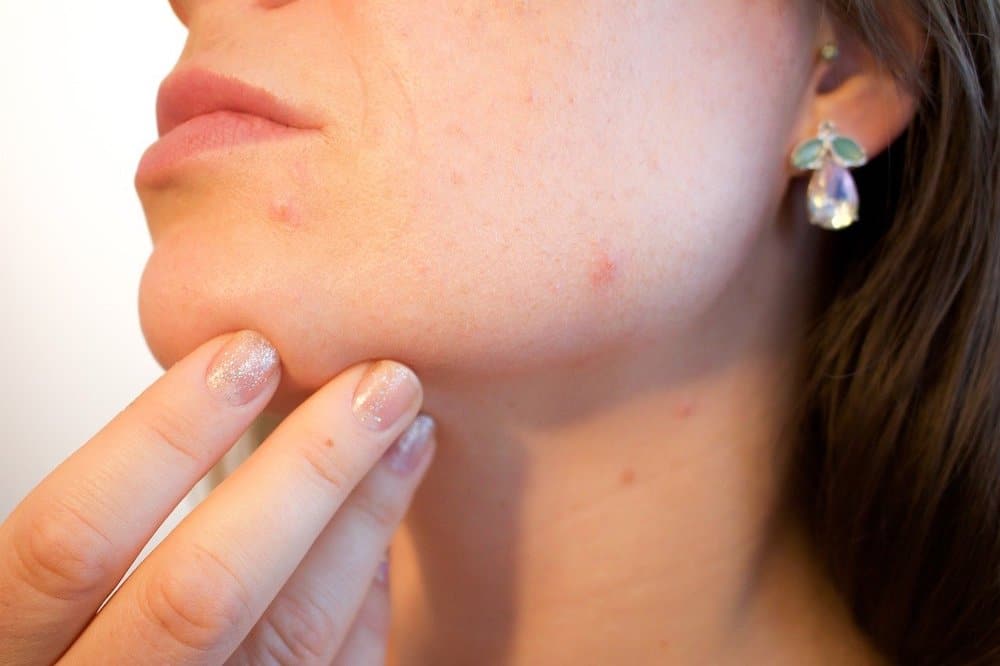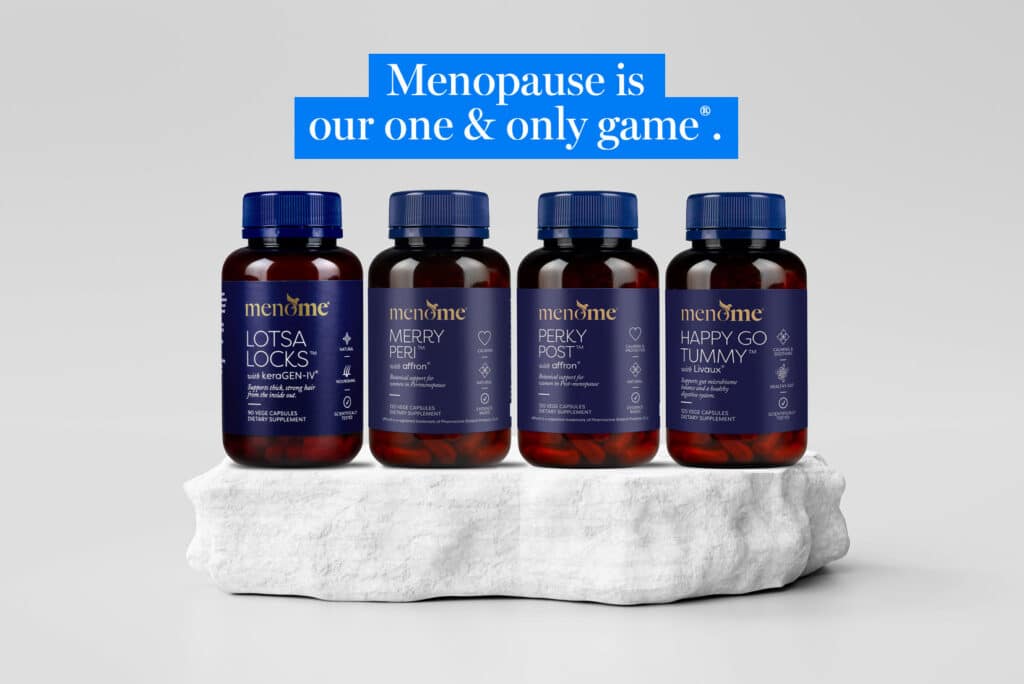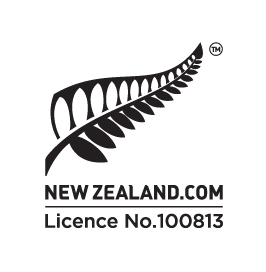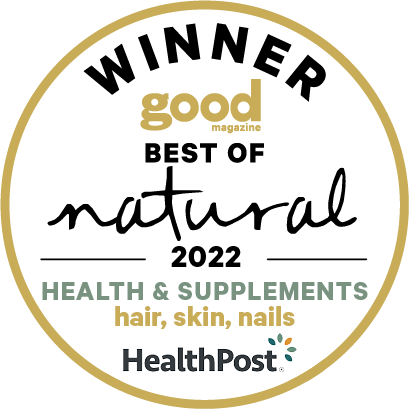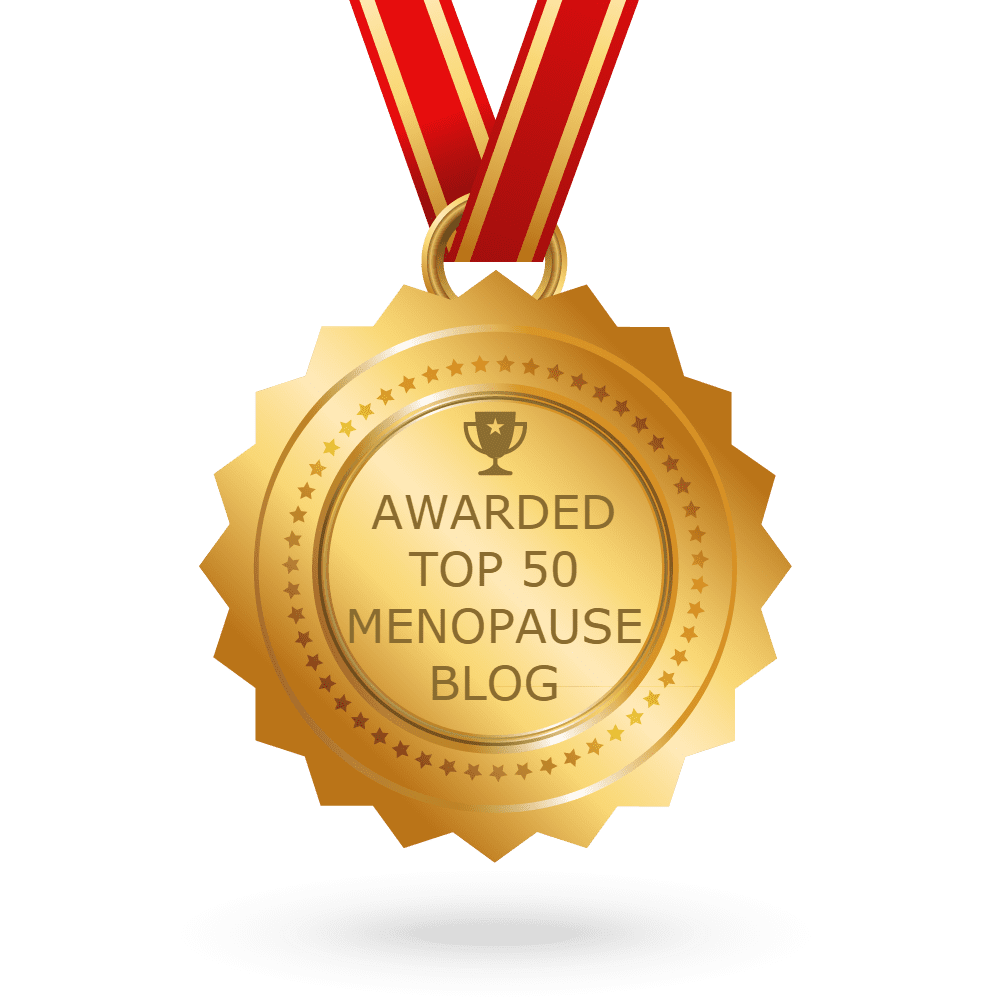Acne again? I hear your frustration!
Who knew your pesky hormones would see you experiencing breakouts you thought you’d left behind in your teens?
How can that be?
You’re in perimenopause for Pete’s sake.
Or even post-menopausal.
Wrinkles and acne. What’s a woman to do?
We see you. And you’re not alone. Indeed, this is hormonal acne when you least expected it.
Menopause is often described as puberty in reverse and it’s an apt description because your breakouts are likely due to hormonal fluctuations. And yes, they’re similar to what you might have experienced when you were a teenager.
The statistics of adult acne
It’s estimated that adult acne affects 26 percent of women aged 40 to 49 and 15 percent of women aged over 50.
Furthermore, menopausal acne is being seen more and more. The good news is that as you move through perimenopause and into post-menopause the acne should fade away.
Menopausal acne has three classifications 1. Persistent, 2. New-onset and 3. Recurrent. According to this paper, persistent acne begins in puberty and stays the course into adulthood. While new-onset acne only occurs in adults and recurrent acne begins in adolescence, disappears for a while and reoccurs in adulthood 2,9,1e0
What causes hormonal acne?
Well, from a biochemistry point of view, your body may be producing too many androgens. Typically known as male sex hormones, androgens are also secreted in women. In fact, androgens are vital for a woman’s estrogen production and the most well-known of these is testosterone and its close cousin androstenedione.
Like estrogen, androgens are produced in the ovaries and adrenals. But as we grow older this shifts mainly to adrenals. And androgens are behind such things as the development of our underarm and pubic hair however, hey can also be associated with acne, excess facial hair and female-pattern hair loss.
The overall consensus
Menopausal acne manifests due to an imbalance of androgens relative to estrogens. You see, by menopause, female androgen levels have lowered by 50 percent. And as you know estrogen levels are also shifting so this theory makes sense.
In addition, experts say cosmetics, dietary factors, obesity, smoking, ultraviolet radiation, medications, stress, lack of sleep and exercise can be triggers.
The truth is, menopausal acne is often due to a mix of both internal and external factors. There may also be other underlying issues at play so it pays to have a check-up with your GP.
What can you do about acne?
There’s good news! You can do quite a lot because so much of the health of your skin goes back to diet and lifestyle.
First of all, we’ve said it before and we’ll say it again. The Mediterranean-style way of eating consistently comes out tops for everything from hormonal support, to weight management to healthy skin.
This lifestyle includes whole foods like fresh vegetables and fruits as well as protein from legumes and sustainable fish. Also relevant are healthy fats like those found in extra virgin olive oil, avocados, hemp seed oil and complex carbohydrates like brown rice and oats.
10 ways to wage war on acne, pimples & blackheads
Dietary
- Keep your blood sugar balanced to reduce insulin resistance. Insulin resistance has been linked to increased androgen production. Eating protein and fat together, resistance training, and moving for 10 minutes after food help with this.
- Avoid inflammatory foods like refined sugars and carbohydrates like sweets, white bread and pasta, biscuits and cakes. By-passing anything made with white flour or sugar is a good rule of thumb.
- Avoid dairy foods. One of the common ways for dairy intolerance to show up is through skin breakouts. One study showed a strong link between acne and milk consumption however yoghurt tended to be OK. Experts widely believe saturated fats, milk and dairy products and hyperglycemic carbohydrates are major contributors to acne.
- Up your intake of beta carotene-rich veggies to eight to 10 servings per day. These include red and orange coloured varieties such as sweet potatoes, carrots, red and yellow capsicum and rockmelon. Broccoli and green leafies like spinach and kale are also rich in beta carotene. The body converts beta carotene to vitamin A which is said to help with blemishes.
- Load up on EFAs (essential fatty acids). Our bodies doesn’t make omega 3 essential fatty acid so we must get it from our diet in the right balance. Western diets tend to be too high in omega 6 and low in omega 3 which has been associated with acne. Avoid all vegetable oils like canola and soybean and instead use extra virgin olive oil (EVOO). Hemp seed oil is great as it contains the perfect ratio of omega 3 and 6. Don’t cook with it as it doesn’t have a high smoke point but do use it on salads and oats. Omega 3 rich foods include walnuts, chia and flaxseeds, salmon and sardines.
- Keep your gut healthy, it’s crucial for hormone balance. Gut dysbiosis can lead to all sorts of maladies including irritable bowel syndrome (IBS), obesity, and skin breakouts. Fermented foods like sauerkraut and coconut yoghurt help support your gut. Isn’t it great we’ve got Happy Go Tummy® to help with that? 🙂
Lifestyle
- Avoid inflammation-causing conditions such as stress, an unhealthy gut, and environmental toxins.
- Keep your cosmetic products as natural as possible. Some ingredients commonly used in personal care contain endocrine disruptors. These can disturb your complexion’s natural pH and may encourage bacteria that leads to acne.
- Keep your changing hormone levels as balanced as possible. One way to do this is to add Merry Peri® and Perky Post® to your day. You can get it here.
- A good quality multivitamin that includes vitamin A, B6, D, E and zinc can be helpful for the skin.

